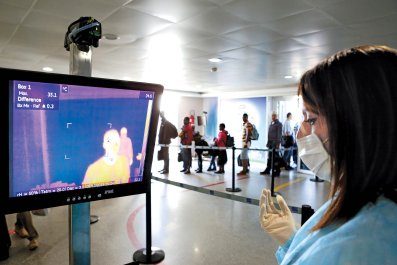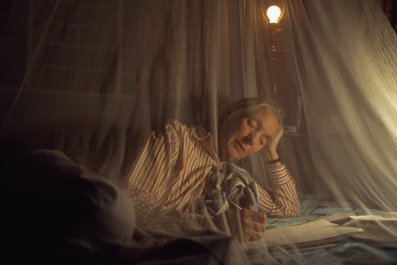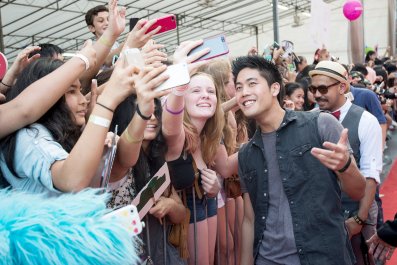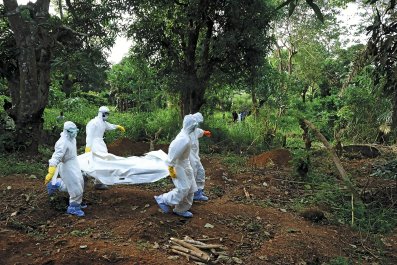Peanuts are unassuming, ubiquitous and sometimes deadly. Approximately 3 million people report peanut allergies in the U.S., suffering from reactions that range from hives to anaphylactic shock. There is no cure for these lifelong allergies, which is not to say that the afflicted are without hope. Allergy shots and immunotherapy (dropping a small dose of allergen on the patient's tongue to gradually build tolerance) are the closest science has come to even modestly desensitizing allergic reactions from foods.
But instead of trying to make people less allergic, what if we could make hypoallergenic peanuts? Wade Yang, an assistant professor in food science and human nutrition at the University of Florida, found that using pulsed light technology (PLT) may remove up to 80 percent of peanut allergens in whole nuts.
"[PLT] is the light emitted from a lamp containing an inert gas like xenon.… [It] can be tens of thousands of times more potent than conventional light," Yang tells Newsweek. The light can fall on any part of the spectrum, from ultraviolet (UV) to near infrared wavelengths. Pulsed UV light has been used for cosmetic treatments—like removing unwanted body hair—but Yang discovered this particular wavelength could have more serious uses, some of which could even be life-saving.
Yang's team found that the powerful and instantaneous heating effect of UV light breaks down the structure of the peanut proteins that elicit allergic reactions in a way that normal light cannot—effectively cutting allergens from 150 milligrams of protein per peanut to below 1.5 milligrams. This, Yang says, is enough of a reduction so that 95 percent of those with peanut allergies would be safe.
The pulsed UV light has another beneficial effect: It roasts the peanuts. That's why Yang foresees a possible future where pulsed light would replace conventional oven roasting across the entire peanut industry to create a safer legume. Of course, until Yang's lab experiments make it to trials in animals and humans, neither he nor other scientists will know of any potentially negative results—perhaps, for example, the process wrecks a peanut's taste or makes it much less nutritious. But it may be worth sacrificing a little flavor for a whole lot of health protection: For reasons scientists still don't understand, peanut allergies are skyrocketing in the U.S., tripling among children between 1997 and 2008. If Yang's UV treatment works, it could save millions of parents from headaches and worry, and give millions of kids a chance to try their first PB&J.




























